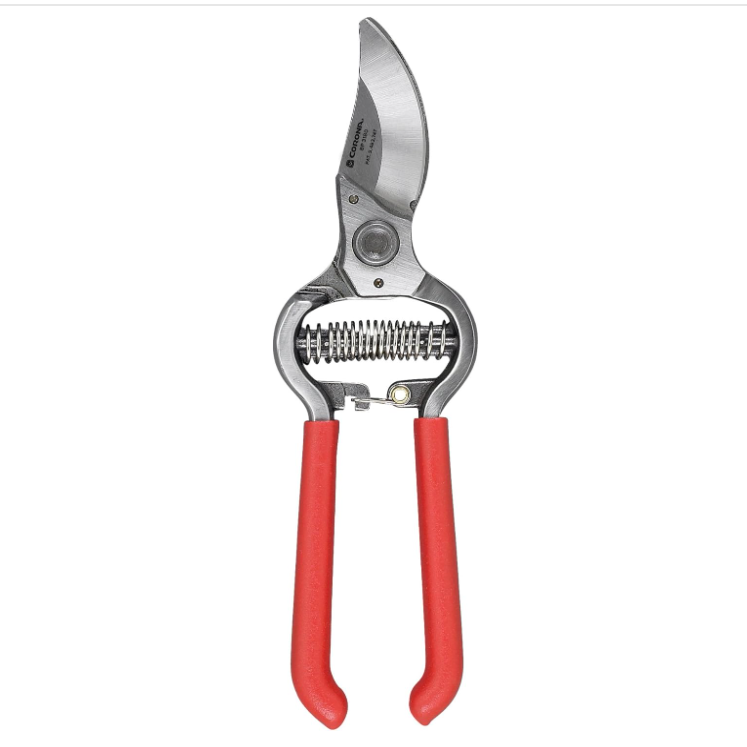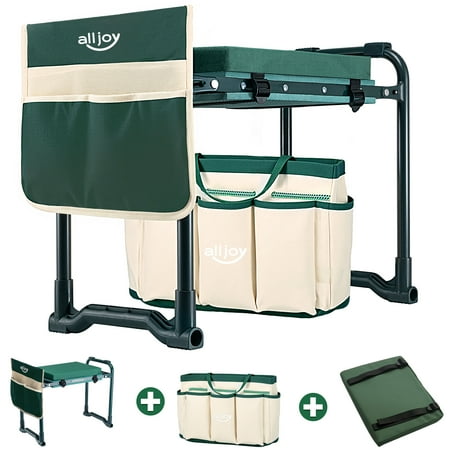5 Tools Gardening Experts Say They Reach for on Repeat – And the #1 Rule They Always Follow When Buying New Tools
With these tools on your side, gardening is so much easier and more enjoyable. Here are the 5 items experts say they can't live without.
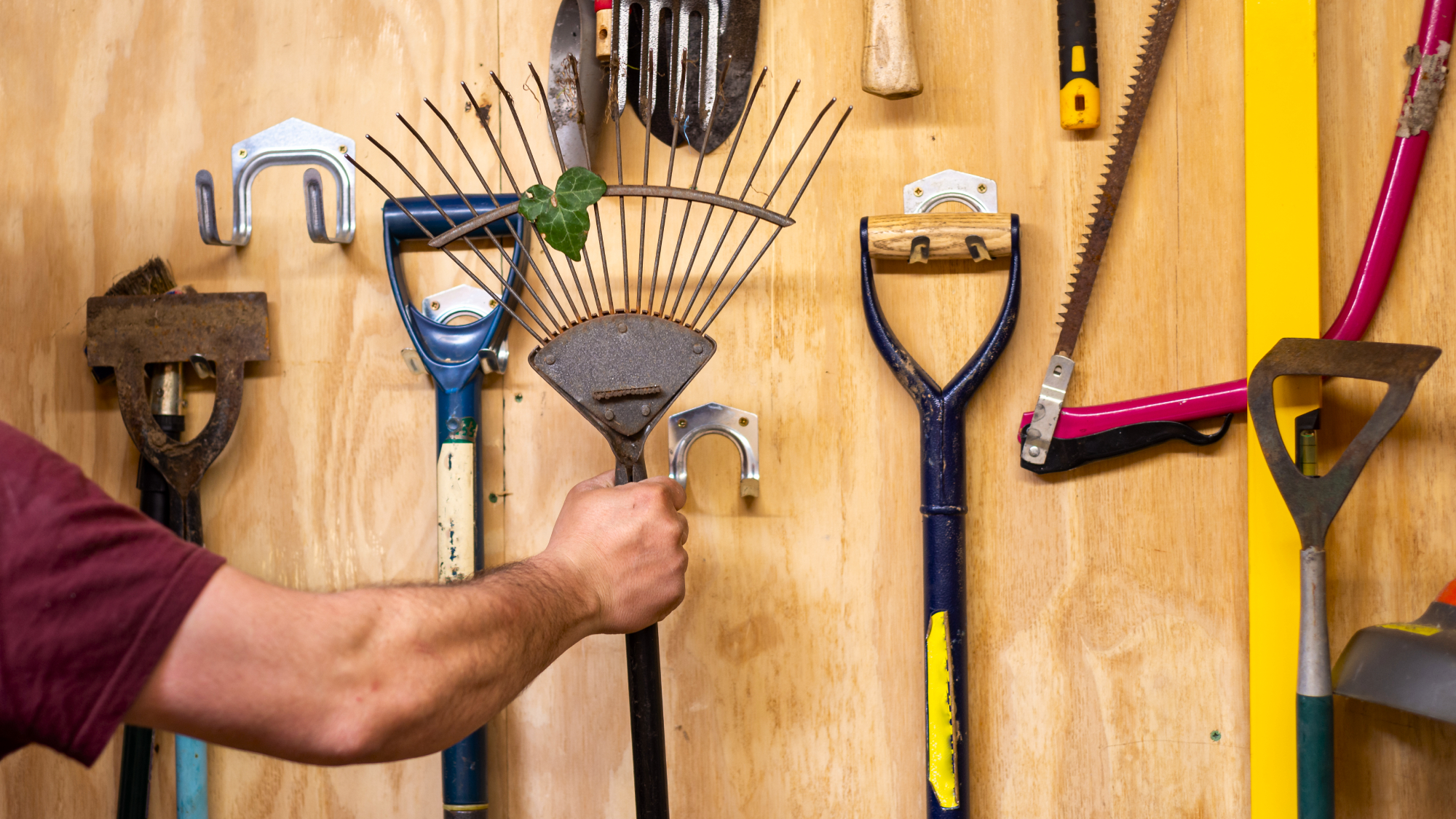

There’s an age-old saying that goes, “Fail to prepare, prepare to fail,” and it’s something I’ve carried alongside me throughout every area of my life – including into my garden.
When I first started out gardening I was so excited to get started that I used only the bare minimum and most essential gardening tools as well as the most cost-effective version of everything, hoping to get good results. But now, as I’ve become a more seasoned gardener, I’ve learned just how important it is to invest in quality tools that will last for years to come, as well as that tools make my life easier.
To help you along on your journey, I asked three professional gardeners which tools they can’t live without. Whether it’s a tried-and-true favorite or a recent upgrade they’ll never ditch, these suggestions are guaranteed to do a good job. Let’s dive in.
#1 Rule for Buying Tools: Look for Quality
Regardless of whether you’re an avid gardener or just starting your first garden, the tools you use when gardening can make or break the experience. If you’re using tools that make your hands uncomfortable, are hard to clean, or need replacing every few weeks when they break, you won’t enjoy gardening nearly as much.
Tools of lower quality like this likely aren’t as good for the health of your plants either. Perhaps their blades will tug on your plants instead of creating clean cuts, or they will stop and start multiple times during a task.
When you invest in quality tools, your garden will thank you as well as your bank account. After all, why purchase five pairs of shears over two years when you could just purchase one reliable pair that gardening pros swear by? That's why the #1 rule when buying gardening tools is to look for quality. Be sure to consider longevity and how often you will use each tool.
Tools the Experts Can't Live Without
I quizzed the pros about what tools they reach for again and again. These are the 5 items they can't imagine getting rid of – ever. Find out why they wouldn't want to garden without them and where you can get their must-haves for yourself.
Sign up for the Gardening Know How newsletter today and receive a free copy of our e-book "How to Grow Delicious Tomatoes".
1. Bypass pruners
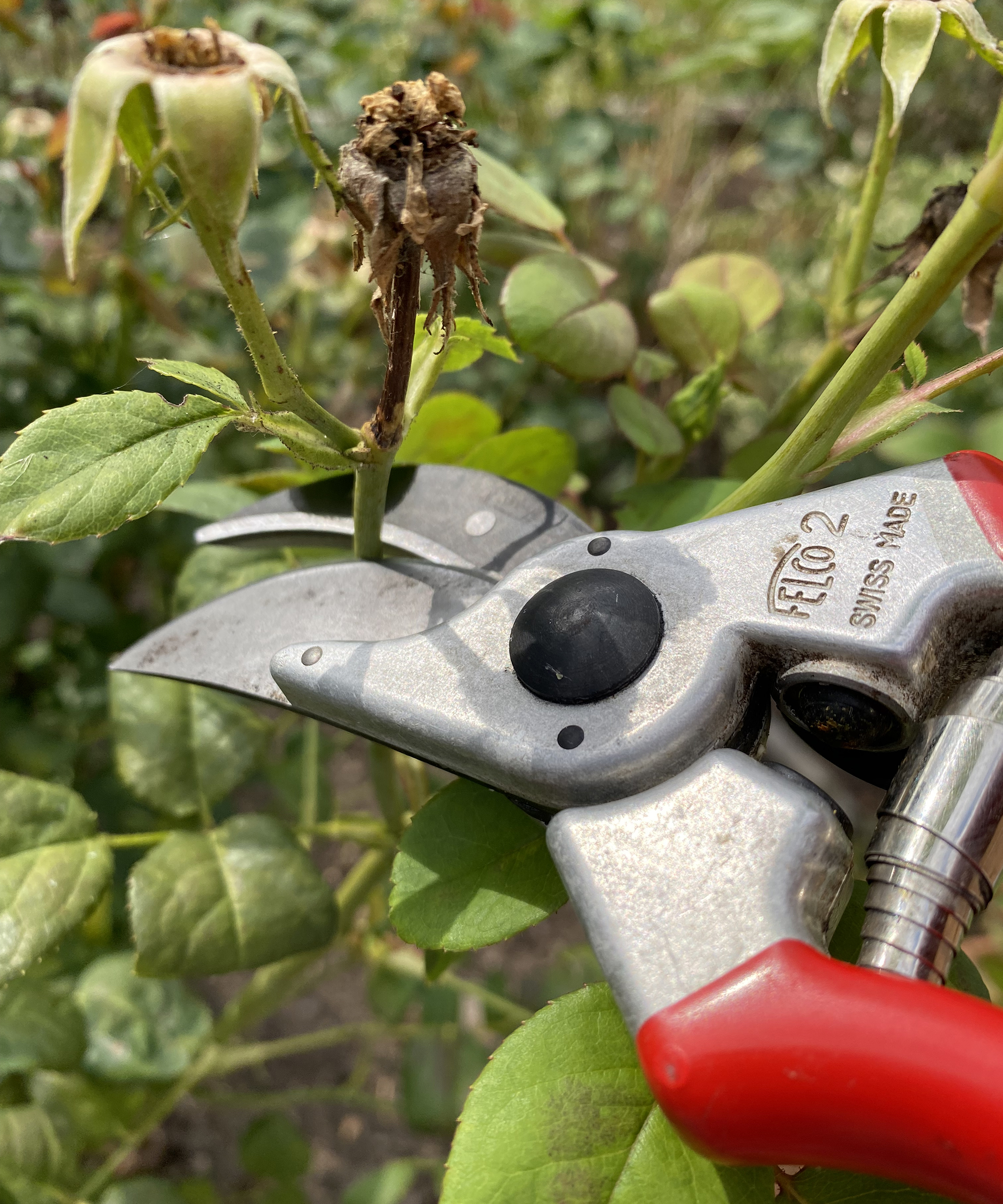
Bypass pruners are a much-loved gardening tool for those who frequently deadhead flowers or have vegetables to harvest. They contain two blades as opposed to a singular blade like many pruners, making them far more durable and capable of making very precise, clean cuts.
Steve Corcoran, CEO of Lawn Love, is an expert in all things lawn maintenance and horticulture. He couldn’t live without this Felco Bypass Pruners available on Amazon, and really likes how compact the tool is for storing away with the rest of his gardening gear.
“I can’t live without my bypass pruners,” says Steve. “I like how they’re so small and sharp yet able to take care of such a large percentage of the pruning and deadheading I need to do around my yard.
“While big, heavy-duty pruners are helpful and often necessary too, I use my small scissors way more often and they make things so much easier.”
If you’re looking for a larger tool to complete the rest of your yard work, the FISKARS 28-Inch Bypass Lopper from Amazon might just do the trick. The blades are still paired like with any bypass pruner, but they’re on a longer pair of handles, which are able to reach high branches.
2. Pop-up garden trash can
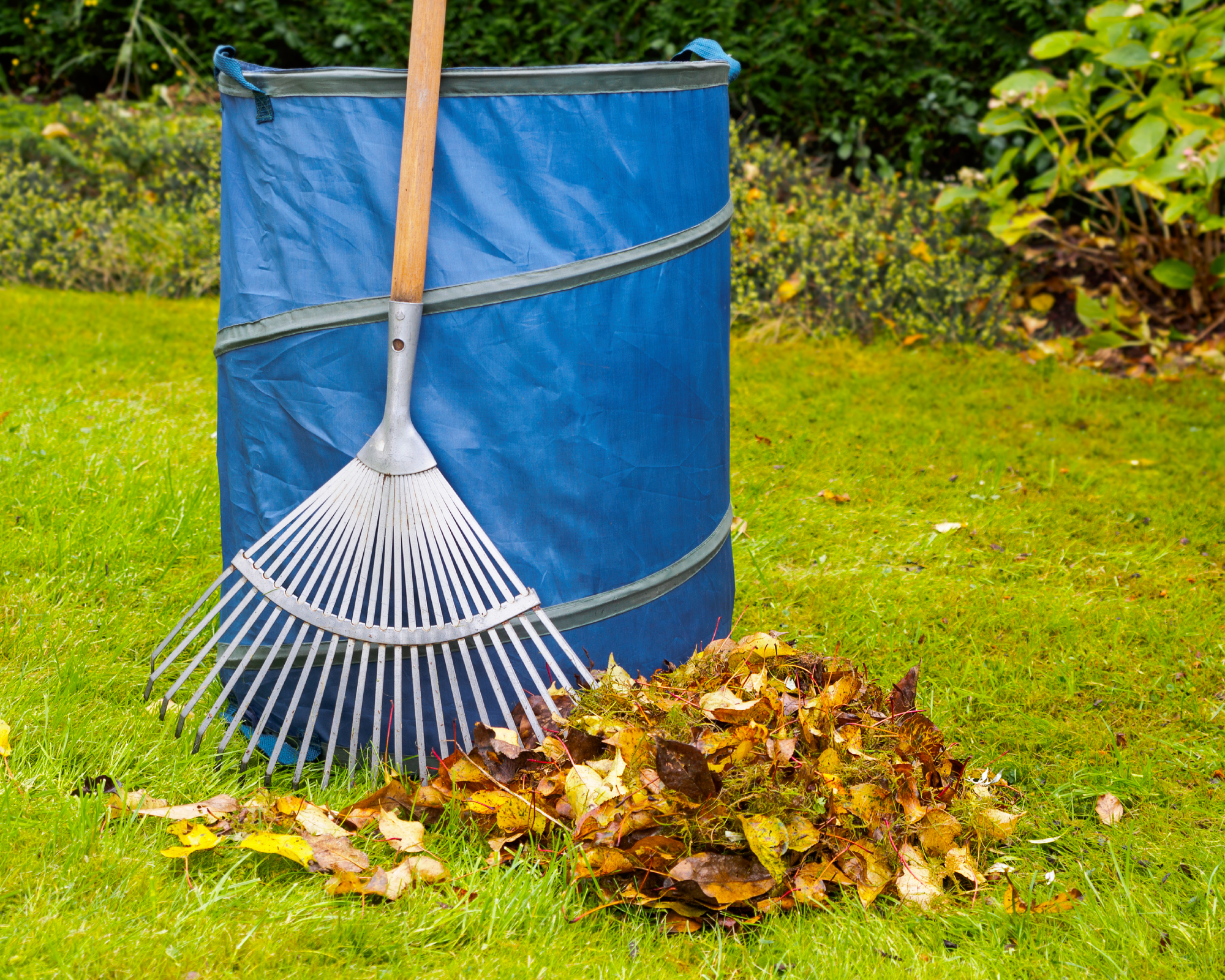
It can be a pain cleaning up your garden in fall without a trash can nearby, but carrying one around the yard with you can also become tiresome. That’s why Amy McCord, master florist, avid gardener, and CEO at Flower Moxie, swears by using a pop-up garden trash can while she works in the yard.
“People don’t tend to think about needing a trash can while they’re gardening, but when you go to do it you end up needing one!” says Amy. “I really like this outdoor Pop Up Garbage Can from Amazon for the job. It might not be the most glamorous but it’s a game-changer.
“It’s durable, lightweight, and incredibly easy to drag around the yard. The built-in zip lid keeps leaves from blowing out and if you knock it over your hard work doesn’t end up back on the ground. And best of all, if you're not using it, it doesn't take up valuable room in storage as it can just collapse before being put away.”
Amy’s game-changing bin comes in four different colors, as well as three different sizes: 29.5 gallon, 44 gallons, and 46 gallons. It's ideal for corralling together leaves to put in your compost bin.
3. Delicate kitchen shears

Bypass pruners are a great all-round tool for snipping through stems, but if you’re really into your cutting garden and want another reliable tool for harvesting flowers, Amy has one up her sleeve.
“For delicate stems and heading blooms, I reach for Joyce Chen snips. Once you try Japanese steel, there's no going back,” says Amy. “They are so sharp they don't crush the stems, allowing you to make incredible floral designs that are long lasting. They’re simple to clean too. I simply wipe the blades with a bit of rubbing alcohol after each use.
A pair of these, plus bypass pruners would be a killer combo in your toolbox. With one pair designed to be super gentle and the other perfect for strength and precision, you’ll never have to worry about pruning or deadheading ever again. These are also great for harvesting herbs!
4. A Japanese Hori Hori knife
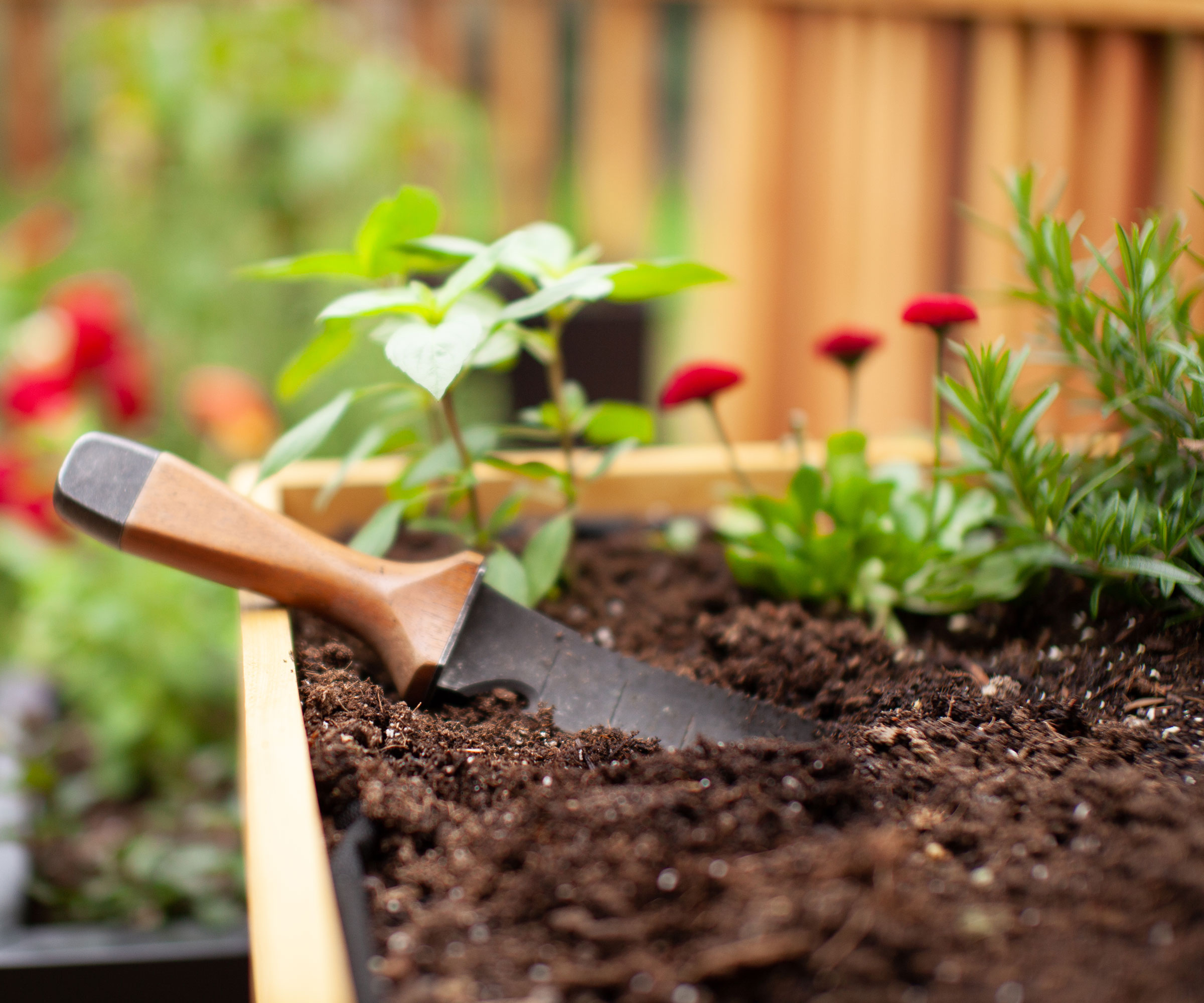
Before chatting to gardening pros, I hadn’t actually heard of a Hori Hori knife. But after master gardener Tabar Gifford of American Meadows explained to me why they’re so amazing, I started browsing online for one to buy for myself.
“The Hori Hori knife is one of those tools that looks mysterious until you use it – and then you can’t imagine gardening without it,” says Tabar. “Hori Hori” means “dig dig” in Japanese and that’s exactly what it does.
“I reach for mine constantly for dividing perennials, digging holes, weeding, or cutting through stubborn roots. Mine has a 7-inch, double-edged steel blade – serrated on one side, sharp on the other – and it’s marked with measurements, so I always know how deep I’m planting bulbs. The handle has a lip that keeps my hand from slipping too, which I appreciate during muddy spring days.”
The WORKPRO Hori Hori Knife is a great, versatile choice for gardeners old and new. Plus, it comes in two vibrant colors.
5. A quality kneeling pad

Lawn kneeler pads are one of the most essential garden tools of all, according to Steve. But they’re also often one of the most neglected, as people only decide to use one after their knees start hurting when tending to their garden.
Steve says, “When you are gardening or doing lawn care on your knees for minutes or even hours on end at a time, having a comfortable pad to kneel on makes a world of a difference. Any gardener of any age or level of experience should have one.”
He recommends using the GORILLA GRIP Extra Thick Garden Kneeling Pad available on Amazon as it’s durable as well as really thick.
“I like the Gorilla Grip kneeling pad because it’s thick, dense, water-resistant, slip-resistant, and durable. But there are lots of great options out there and you just have to find one that works well for you!”
Don’t forget to check the length and width of the lawn kneeler you’re thinking of buying before purchasing. It’s important to check the width of the kneeler so you can see whether you will have enough space to kneel comfortably.
Shop the Essentials

Ciéra is a writer and regional laureate with particular passions for art, nature, philosophy and poetry. As well as contributing to Gardening Know How, she's an Editorial Assistant for Design Anthology UK and has words in other titles including Homes & Gardens, Livingetc, and Apartment Therapy. When she's not writing, Ciéra can be found getting incredibly excited when her small but ever-expanding garden shows more signs of growth. She believes it's something very beautiful to be cooking with her own produce, whether it's from her yard or picking berries from the wild to turn into jams or baked goods.
